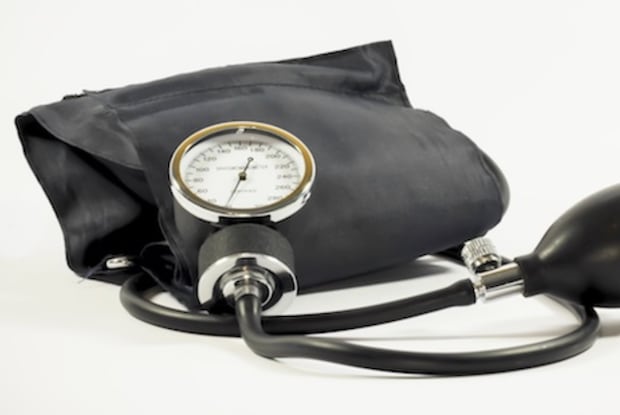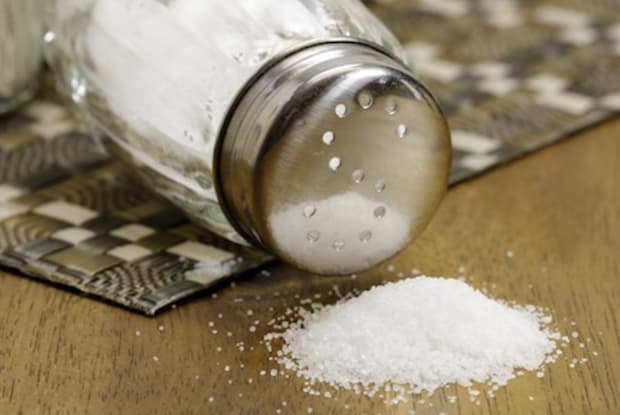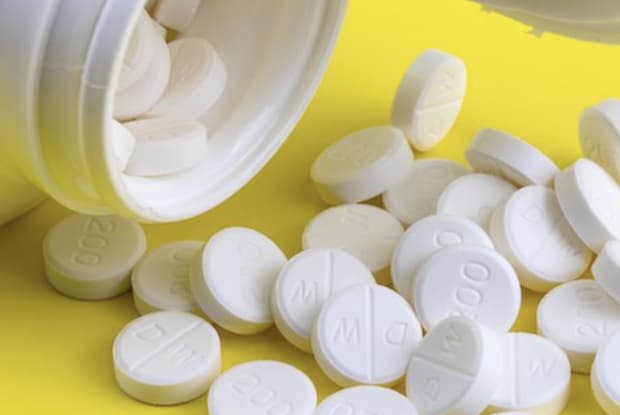Table of Contents
II. How is Blood Pressure Measured?
III. Causes of High Blood Pressure
IV. How is High Blood Pressure Treated?
Overview
High blood pressure (HBP) is one of the biggest health problems in the United States. Around 103 million Americans have HBP. This is almost half of all American adults, and many may not know that they have it. [1]
The heart is the center of your circulatory system and constantly pumps blood around the body. This is important as your blood carries oxygen and other vital nutrients to your organs. [2] Your blood pressure is measured by the amount of blood that is pumped by your heart, and by the amount of resistance it faces. [3] When a person has high blood pressure, their heart has to work harder in order to pump blood around the body.
High blood pressure is also known as hypertension and causes damage to many areas of the body, including the heart, kidneys, and blood vessels. HBP can often cause serious complications, increasing your risk of having a heart attack or a stroke. Hypertension is sometimes known as a ‘silent killer’ because most people with this condition show no symptoms, even when they have dangerously high blood pressure levels. [4] Some symptoms that may occur with severe blood pressure include: Keep reading to learn more about high blood pressure, including its causes, symptoms, and how it can be treated using medications such as Bumex (bumetanide), Prinivil (lisinopril), and Atacand (candesartan). Blood pressure is measured in two numbers: systolic and diastolic. Systolic blood pressure is the top number of the reading and measures the amount of force that the heart uses when it beats. The bottom number of the reading is diastolic blood pressure, which measures the force of the heart between heartbeats. [6] Blood pressure fluctuates during the day and is affected by factors such as stress, temperature, exercise, and pain. A single measurement of high blood pressure does not necessarily mean that you have hypertension. To be most accurate, your blood pressure should be measured on multiple days while you are resting. [4] The most common method of measuring blood pressure is with a ssphygmomanometer. You will probably have seen this device, even if you didn’t know its name. It consists of a cuff that is inflated around your arm and a gauge to measure the pressure. The reading is given in mm Hg (millimeters of mercury). There are four main levels of blood pressure: Normal Blood Pressure: If your blood pressure is measured at 120/80 mm Hg or lower, it is considered normal and healthy. Elevated Blood Pressure: Elevated blood pressure consists of a systolic rate between 120 and 129 mm Hg with a diastolic measurement of under 80 mm Hg. It is likely that elevated blood pressure will worsen over time if not treated. Stage 1 Hypertension: Stage 1 hypertension is measured with a systolic rate of 130 to 139 mm Hg with a diastolic measurement of 80 to 89 mm Hg. Stage 2 Hypertension: This is a more severe version of hypertension. You have stage 2 hypertension if you have a systolic pressure of over 140 mm Hg or a diastolic pressure of over 90 mm Hg. High blood pressure can be split into two categories: primary hypertension and secondary hypertension. Around 95 percent of Americans with HBP have primary hypertension (also called essential hypertension) [7]. Primary hypertension has no identifiable cause but usually develops over a number of years. While the cause is unknown, scientists believe that is caused by a combination of genetic, physical, and environmental factors. Some people may have genetic mutations or abnormalities that increase their risk of developing hypertension as they get older. Physical changes to your body as you age can also add to this risk. For example, older adults may have less effective kidney function. This can alter the body’s balance of salts and fluids, which causes blood pressure to rise. [5] Environmental risk factors can also play a part in the development of primary hypertension. Physical inactivity or being overweight or obese increases your risk of high blood pressure. Your diet also plays an important role and you should limit the amount of sodium and alcohol in your diet. Secondary hypertension typically occurs much quicker than primary hypertension. This type of hypertension is caused by another medical condition that results in an increase in blood pressure. There are several different conditions and medications that can cause secondary hypertension, including: There are several different types of medications used to treat high blood pressure. The type of medication you will be prescribed depends on your blood pressure level and any other medical conditions you may have. Diuretics: Thiazide diuretics (or water pills) are typically the first medication that is prescribed to someone with hypertension. Common diuretics include Bumex (bumetanide) and Lozol (indapamide). These drugs work by helping your kidneys to remove water from the body, which reduces your volume of blood. ACE Inhibitors: ACE inhibitors (angiotensin-converting enzyme inhibitors) work by reducing the production of the chemical angiotensin II. ACE inhibitors also relax and widen your blood vessels, lowering blood pressure. Prinivil (lisinopril) and Vasotec (Enalapril) are common ACE inhibitors. ARBs: ARBs (angiotensin-2 receptor blockers) work similarly to ACE inhibitors and may be used if you suffer unpleasant side effects from an ACE inhibitor. ARBs such as Atacand (candesartan) and Cozaar (losartan) block the chemical angiotensin II from functioning. Calcium Channel Blockers: Calcium channel blockers such as Norvasc (amlodipine) and Adalat Chrono (nifedipine) work to reduce blood pressure by limiting the speed and quantity of calcium flowing into your heart. Beta-Blockers: Beta-blockers are less effective than other forms of medication. They work by blocking the hormone adrenaline, which reduces the force that the heart beats. Along with prescription medications, lifestyle changes can also help control your blood pressure. As previously mentioned, obesity is a major risk factor for hypertension. If you are overweight and have HBP, then reducing your body weight should be a long-term goal. This can be achieved through a healthy diet and physical activity. Try and get about two and a half hours of physical activity each week. [8] Another risk factor for high blood pressure is stress. While this might be more difficult to reduce, getting adequate sleep can help as well as massage, yoga, and meditation. Alcohol and tobacco can also raise your blood pressure. Reducing drinking and smoking, or quitting altogether, can have a positive effect on your blood pressure and overall health. The content in this article is intended for informational purposes only. This website does not provide medical advice. In all circumstances, you should always seek the advice of your physician and/or other qualified health professionals(s) for drug, medical condition, or treatment advice. The content provided on this website is not a substitute for professional medical advice, diagnosis, or treatment.
How is Blood Pressure Measured?

Causes of High Blood Pressure
a. Primary Hypertension

b. Secondary Hypertension
How is High Blood Pressure Treated?
a. Medications

b. Lifestyle Changes
